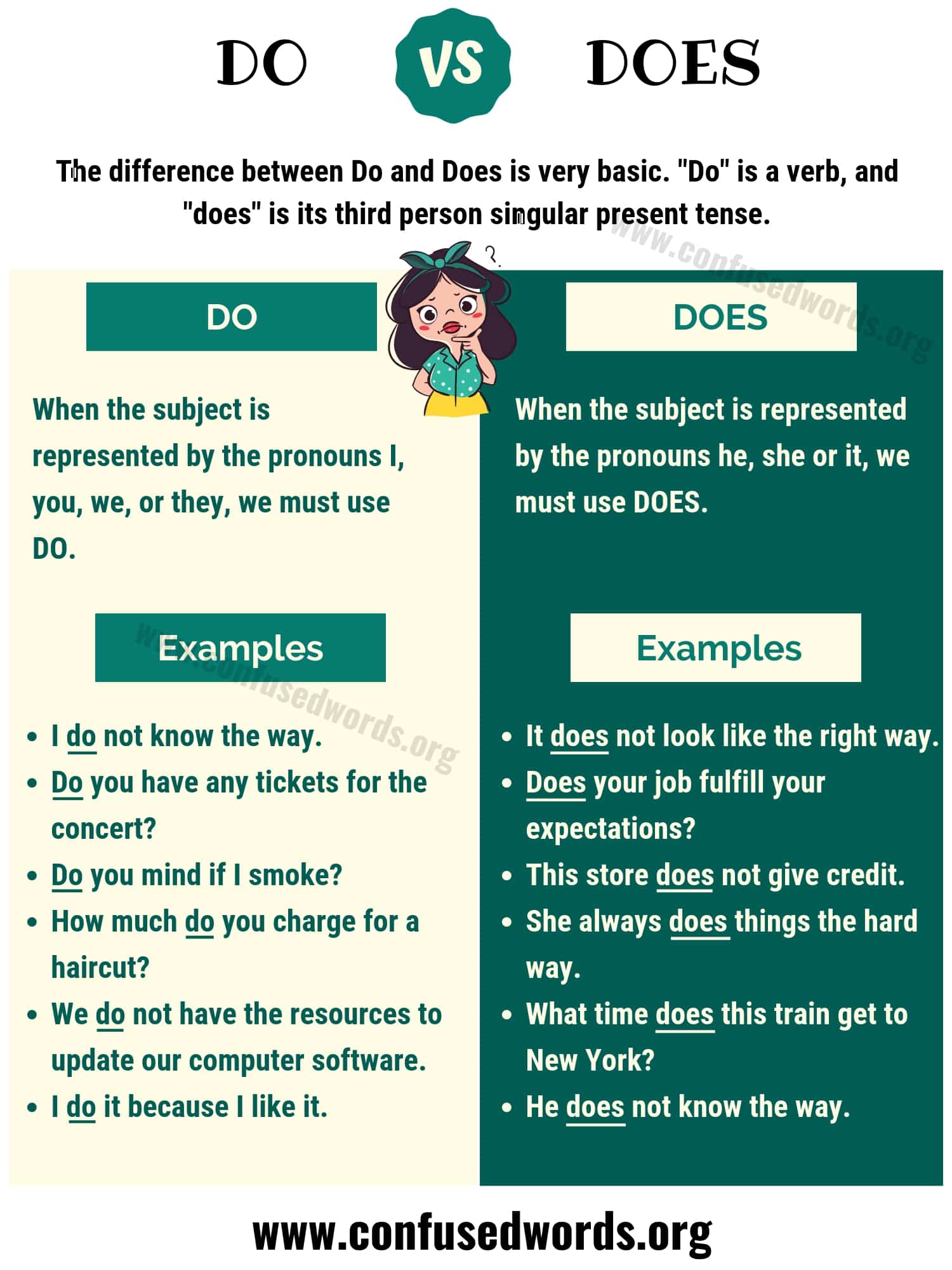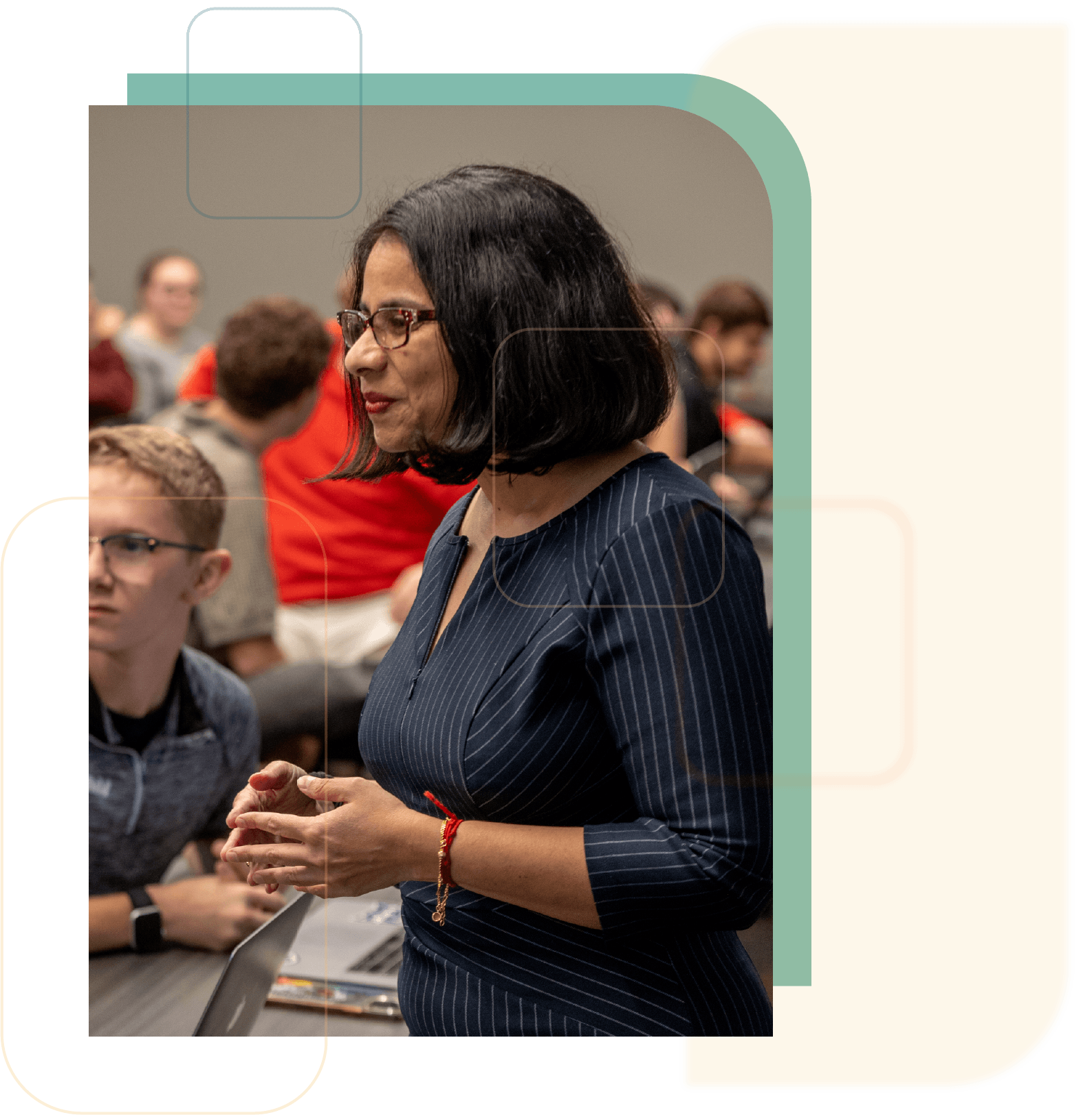How Technology Transfer Offices Drive Collaborative Research Into Real-World Impact
Understanding the Central Role of Technology Transfer Offices in Collaborative Research
Technology Transfer Offices (TTOs) are vital entities within universities and research institutions, tasked with guiding the journey of innovations from the lab to the marketplace. In the context of collaborative research , their main function is to act as a bridge between academic researchers and industry partners, ensuring that discoveries are effectively translated into practical applications. This article explores in depth how TTOs facilitate such collaborations, manage intellectual property, and drive commercialization, along with practical guidance on accessing their services and overcoming common challenges.
1. Technology Transfer Offices: The Bridge Between Academia and Industry
The primary function of a TTO in collaborative research is to enable the transfer of knowledge, skills, and technology from research environments into the private sector. By serving as a liaison, TTOs help foster strong partnerships between researchers and industry experts, enabling research outcomes to be developed into market-ready products and services. [1] For example, a university TTO may connect a biomedical research group with a pharmaceutical company interested in turning promising lab results into new treatments or diagnostics.
2. Intellectual Property Management and Protection
One of the cornerstone responsibilities of TTOs is the identification, protection, and management of intellectual property (IP) generated through collaborative research. This includes assessing research for patentability, filing for patents or copyrights, and providing guidance on best practices for IP disclosure. [4] Proper management of IP rights is essential for ensuring both academic and industry partners benefit from their contributions and that innovations can be safely commercialized without legal disputes.
Step-by-step guidance for researchers:
- Contact your institution’s TTO early in the research process, especially before any public disclosure of potential inventions.
- Work with the TTO to complete an invention disclosure form, detailing the discovery and potential applications.
- The TTO will assess the invention for patentability and commercial potential, and may initiate the patent application process if appropriate.
Researchers should be aware that publication or conference presentations before IP protection can jeopardize patent rights in many jurisdictions.
3. Facilitating Collaboration and Negotiating Agreements
TTOs play a central role in structuring, negotiating, and managing collaborative agreements between academic and industry partners. These agreements typically address ownership of IP, responsibility for further development, revenue sharing, confidentiality, and publication rights. [2] By providing legal and business expertise, TTOs ensure that all parties’ interests are protected and that the terms comply with institutional and regulatory policies.

Source: alamy.com
Example: If a university and a tech company wish to co-develop a new software tool, the TTO will draft and negotiate a research collaboration agreement, clearly defining how the resulting IP will be shared and how any future revenues will be distributed.
4. Commercialization and Market Access
Beyond IP management, TTOs are instrumental in the commercialization of research outcomes. Their efforts include market analysis, identifying potential licensees or industry partners, and supporting the creation of startups where appropriate. By pushing innovations toward commercial application, TTOs help ensure that breakthroughs reach the wider society and generate economic value. [5]
Practical steps to access commercialization support:
- Engage with your TTO to discuss the commercial potential of your research.
- Seek their assistance in preparing business plans or market analyses for your invention.
- Ask about available incubator programs, venture capital introductions, or licensing opportunities supported by the TTO.
Alternative approaches: For researchers at institutions without a dedicated TTO, consider reaching out to regional technology commercialization centers or government-supported innovation hubs. These organizations may offer similar support services, including IP advice and commercialization pathways.
5. Supporting Entrepreneurship and Societal Impact
TTOs also encourage entrepreneurship among researchers by helping them start new companies based on their research findings. This can include guidance on business formation, connections to funding sources, and mentoring. [5] By fostering an entrepreneurial culture, TTOs help translate research into solutions that benefit society, such as new medical devices, software platforms, or sustainable technologies.
Case study: A research team developing a novel water purification system worked with their university’s TTO to secure patents, build a business plan, and connect with investors. The result was a successful startup that now delivers clean water solutions in multiple countries.
6. Navigating Challenges and Ensuring Success
While TTOs provide indispensable support, collaborative research projects may face challenges such as differing expectations between partners, delays in IP protection, or uncertainty about commercial potential. Successful navigation requires open communication, early engagement with the TTO, and clarity in agreement terms.
Solutions and tips:
- Initiate discussions with the TTO as early as possible in the research process.
- Regularly update the TTO on project milestones and potential commercial applications.
- Be proactive in clarifying objectives, timelines, and outcomes with all partners involved.
- If you encounter obstacles, ask the TTO for alternative strategies or referrals to other support resources.
7. Accessing TTO Services: Step-by-Step Guidance
If you are a researcher, faculty member, or industry partner interested in leveraging TTO support for collaborative research, here’s how you can get started:
- Identify your institution’s TTO: Most universities and research institutes have a dedicated office. Search for “Technology Transfer Office” or look under the research or innovation department on your institution’s website.
- Review available resources: Many TTOs provide online guides, templates, and contact information for staff who specialize in collaborative research support.
- Schedule a consultation: Reach out by email or phone to set up a meeting with a TTO officer. Prepare a summary of your research and collaboration goals.
- Discuss your needs and objectives: Share your project details, desired outcomes, and any questions about IP, commercialization, or partnership structuring.
- Follow up on next steps: The TTO will typically guide you through the disclosure process, agreement negotiation, and commercialization planning.
If your institution lacks a TTO, consider contacting regional innovation organizations, state economic development offices, or professional associations focused on research commercialization. You can also search for “technology transfer” plus your field of research to identify relevant support programs.

Source: khelnow.com
8. Key Takeaways and Future Outlook
Technology Transfer Offices are indispensable for moving collaborative research from academic settings into real-world impact. Their main functions-managing intellectual property, facilitating partnerships, and driving commercialization-ensure that breakthrough innovations benefit both the economy and society. By engaging early and proactively with TTOs, researchers and industry partners can maximize the value and reach of their collaborative efforts.
References
- [1] CIO Bulletin (2023). What is the main function of a technology transfer office with respect to collaborative research.
- [2] The CEO Views (2024). Functions of a technology transfer office with respect to collaborative research.
- [4] World Intellectual Property Organization (2023). Technology Transfer Organizations.
- [5] Great Lakes I-Corps (2025). The role of technology transfer offices in innovation.
MORE FROM 9scholarships.de













